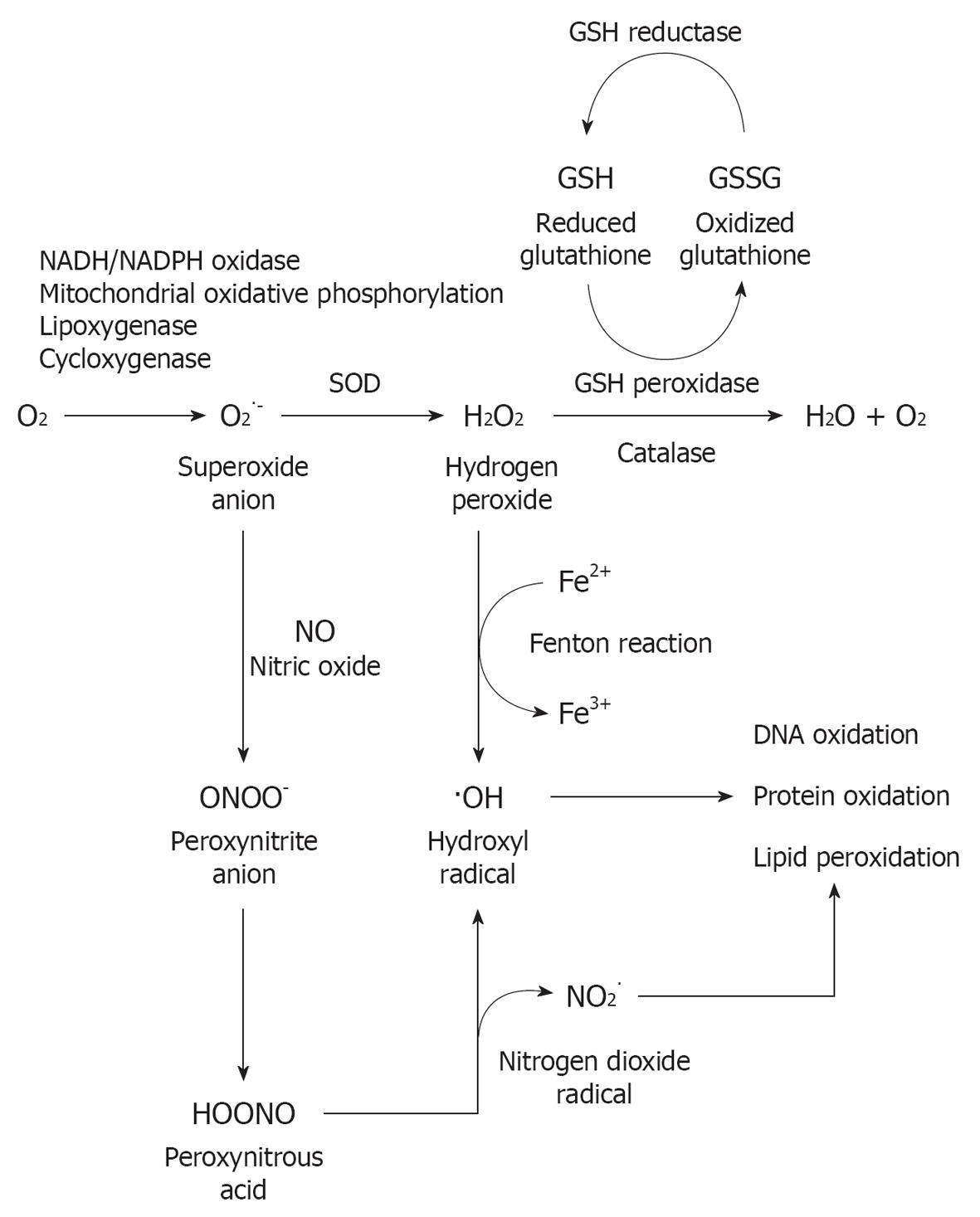Copyright
©2013 Baishideng.
World J Otorhinolaryngol. Aug 28, 2013; 3(3): 58-70
Published online Aug 28, 2013. doi: 10.5319/wjo.v3.i3.58
Published online Aug 28, 2013. doi: 10.5319/wjo.v3.i3.58
Figure 1 Cochlear cell types susceptible to noise-induced hearing loss.
Fluorescence micrographs of mouse cochlea tissues by confocal scanning microscopy. Transverse cochlear section was immunolabelled to show spiral ganglion neurones and neuritis (with anti-neurofilament-F200 antibody, green), actin filament of the sensory hair cell stereocilia (Phalloidin stain, orange), and cell nuclei (DAPI, blue). In cochlea exposed to noise stress, the integrity of inner and outer hair cell (IHC and OHC) stereocilia is affected, loss of the hair cells and nerve fiber (NF), damage to supporting pillar cells (pc) and Deiters cells (dc), swelling of spiral ganglion neuron (sgn) nerve fiber (intraganglionic spiral bundle, igsb) in the Rosenthal’s canal as well as loss of fibrocytes in lateral wall stria vascularis (sv) and spiral ligament (sl) can be detected.
Figure 2 Mechanism of oxidative cellular damage.
Mechanism of oxidative cellular damage. Reactive oxygen species (ROS, including superoxide anion, O2·-, and hydroxyl radical, ·OH), reactive nitrogen species (RNS, nitrogen dioxide radical, NO2·), and lipid peroxides are generated as result of oxidation of oxygen (O2) to superoxide anion by multiple cellular oxidases. Oxidases convert oxygen to O2·-, which is then dismutated to H2O2 by superoxide dismutase (SOD). H2O2 can be converted to H2O by catalase or glutathione peroxidase (GSH-Px) or to hydroxyl radical (·OH) after reaction with Fe2+. In addition, O2·- reacts rapidly with nitric oxide (NO) to generate peroxynitrite (OONO-). This further leads to production of NO2· and cellular damages through membrane lipid peroxidation and oxidation of DNA and proteins.
Figure 3 Overview of the mechanisms of cochlear injury in noise-induced hearing loss and interventions.
HPA: Hypothalamic-pituitary-adrenal; CRF: Corticotropin-releasing factor; BDNF: Brain-derived neurotrophic factor; JNK: c-Jun N-terminal kinase; ADAC: Adenosine amine congener; ROS: Reactive oxygen species; RNS: Reactive nitrogen species; NMDA: N-methyl-D-spartate.
Figure 4 Chemical structures of otoprotective compounds in development or in clinical trials.
- Citation: Wong ACY, Froud KE, Hsieh YSY. Noise-induced hearing loss in the 21st century: A research and translational update. World J Otorhinolaryngol 2013; 3(3): 58-70
- URL: https://www.wjgnet.com/2218-6247/full/v3/i3/58.htm
- DOI: https://dx.doi.org/10.5319/wjo.v3.i3.58












